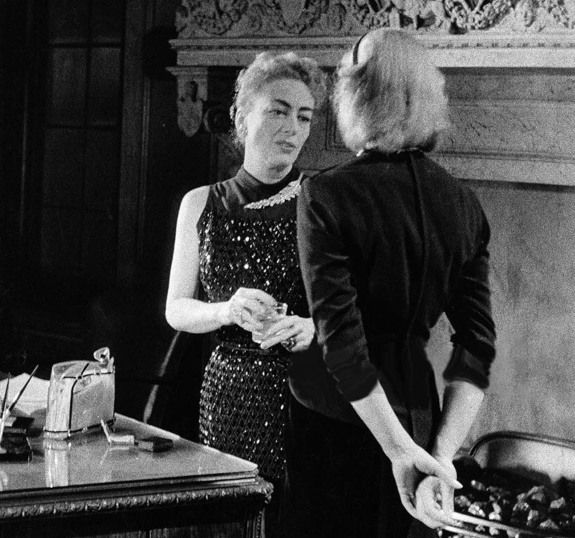The luxurious Savoy Hotel in London was home to many classic Hollywood stars, including Marlene Dietrich. Dietrich loved the Savoy and lived at the hotel on and off throughout her career for extended periods of time. Her good relationship with the hotel abruptly ended in 1975, however, after she had been accused of stealing the hotel's cutlery. While the actress was indignant at being accused (see the letter below), according to a 2011 article in the Daily Mail she did have a habit of stealing cutlery from the Savoy as well as silver salt and pepper pots delivered to her suite via room service. In her book Marlene Dietrich: The Life (1992), Maria Riva confirmed that her mother had kleptomaniac habits. Dietrich used to nick the clothes which she wore for her various film roles, said Riva, and she also took gloves, scarves, handbags and hats.
 |
| July 1949, Marlene Dietrich at the Savoy in London, waving to fans outside. Dietrich was in London for the shooting of Hitchcock's Stage Fright (1950). |
This is Marlene Dietrich's letter to the manager of the Savoy Hotel, written on 16 April 1975. I don't know what the hotel's reaction was, but apparently a reply was sent to Dietrich a month later.
Source: Gotta Have Rock and Roll
Transcript:
16 April 1975
Dear Mr. Griffin,
What a shame that after all these years the haggling over hotel hardware should be the termination of my relationship with the Savoy Hotel. For no matter how much I have loved this hotel in the past, being accused of "stealing" certainly makes it impossible for me to ever reside there again.
Actually the situation is so ludicrous that it has taken me some time to realize that you really meant such an insult.
Assuming that I would wish to travel around the world with my luggage full of cutlery — I assure you that it would be of stirling and not your tawdry stuff! What happens, once the tables have been pushed into corridors in a frenzy to get rid of them after waiting for hours for the atrociously bad room service pick-up, should have nothing to do with your guests.
So we have come to the operative word, "Guest". I thought I, and the many friends I encourage to stay at the Savoy, were considered GUESTS, not thieves!
I shall certainly now inform them of their new status should they ever decide to stay at the Savoy Hotel, which, of course, I shall never do again!
Ms Marlene Dietrich
 |
| Dietrich talking to the press at the Savoy in July 1949 |

















